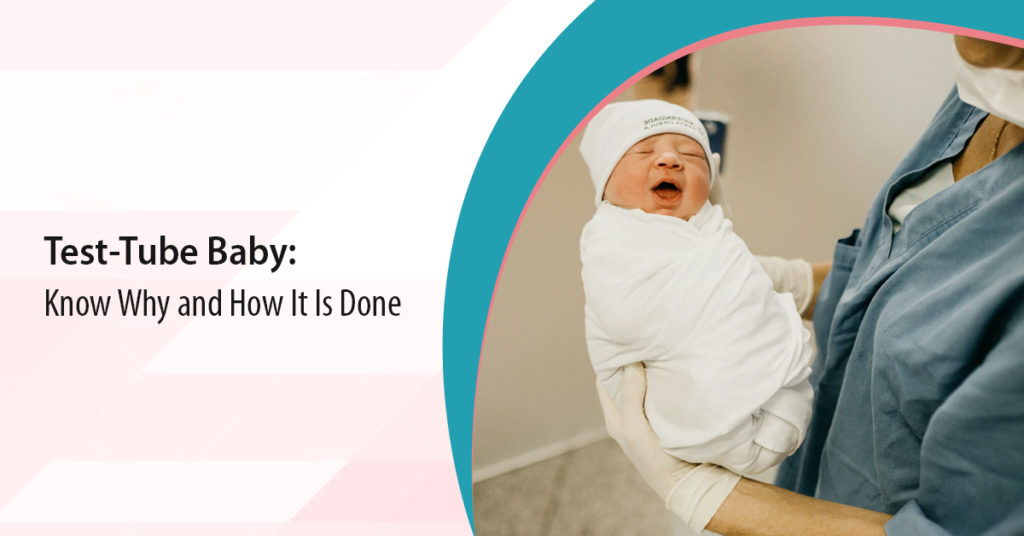
On July 25, Louise Brown will turn 43. On October 3, Durga whose real name is Kanupriya Agarwal will turn 43. These two, figuratively, are bound by a test tube. Brown, by now, is popular as the world’s first test tube baby — as those born from in-vitro fertilization (IVF) were referred to earlier — and Agarwal is regarded as our country’s first. Today, IVF has resulted in the birth of more than 8 million babies, offering relief to childless couples, with the promise of giving them the joy to share the “good news”. But even after 40 years, there are several queries and confusions regarding an IVF and a test tube baby. This article will elaborate on test-tube aka IVF babies, and the procedure involved.
How Is A Test Tube Baby Made
“Test tube baby” is a term used to refer to children conceived via In Vitro fertilization (IVF). Despite what the term suggests, a test tube baby is born via this process are not developed inside a test-tube. In test tube baby clinics in Kolkata, an extracted egg is fertilized on a petri dish and not in a test tube. When the embryois in between the third and the fifth day, it is transferred back to the uterus. Here’s a short explanation of what happens during the test tube or IVF process:
The woman is prescribed fertility drugs that tend to stimulate the development of oocytes (eggs) in the ovaries. This takes place over several days. Then, mature eggs are removed from the ovaries of either the egg donor or from the intended mother. This is done with the help of an ultrasound-guided needle.
The retrieved eggs are merged with sperm in the laboratory. The egg and sperm are placed on a petri dish for the sperm cell to fertilize an egg cell. A fertilized egg cell is referred to as an embryo. The resulting embryo develops for a few more days inside the laboratory. This is done under controlled conditions.
In the next step, one or, in some cases, two of the healthiest embryos are transferred to the mother’s uterus. Extra embryos are frozen to be used in future cycles. In most cases, pregnancy will be the outcome. Success rates for IVF are often satisfactory; however, pregnancy is never guaranteed.
IVF can circumvent fertility problems, including the following
- Unexplained infertility
- Male factor infertility
- Blocked fallopian tubes
- Older patients desiring a child
- Low ovarian reserve
- Low ovarian reserve
- Endometriosis
- Polycystic Ovary Syndrome (PCOS)
- Premature Ovarian Failure
Genetic Differences In A ‘Test-Tube’ Baby
Research shows that there is no significant difference between a baby born naturally or a test tube baby, so it is quite assuring and comforting for those considering the latter. However, a few studies have shown that as a group, ART children may be at a greater risk for developing some birth defects and for being born at a low birth weight, which is again associated with type 2 diabetes, obesity, and high blood pressure in later life.
Who Should Consider Consulting an IVF Specialist
Any couple who is trying naturally but has been unsuccessful for a year can visit a test-tube baby doctor in Kolkata. It is important to detect the underlying cause of infertility so that the right treatment can be provided.
You can also consult a test-tube baby doctor if you have been diagnosed with any severe health condition and have failed to conceive either naturally or via assisted reproductive procedures. A case in point is a lady who was suffering from severe endometriosis with concomitant adenomyosis. She had visited me at my clinic after undergoing IVF 3/4 times with no luck.
Finally, she conceived via IVF after she was administered a gonadotropin agonist injection before transferring the embryos. Her pregnancy was successful and she delivered a healthy baby at term.
Contact me for a personal consultation or schedule a consultation for a face-to-face interaction if you have any questions and concerns related to test tube baby.


